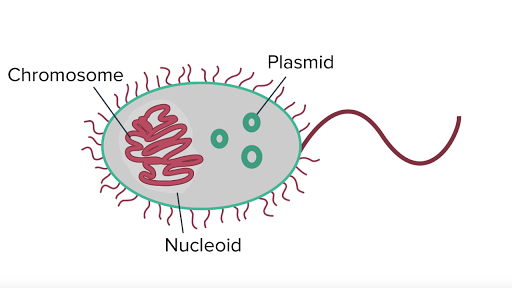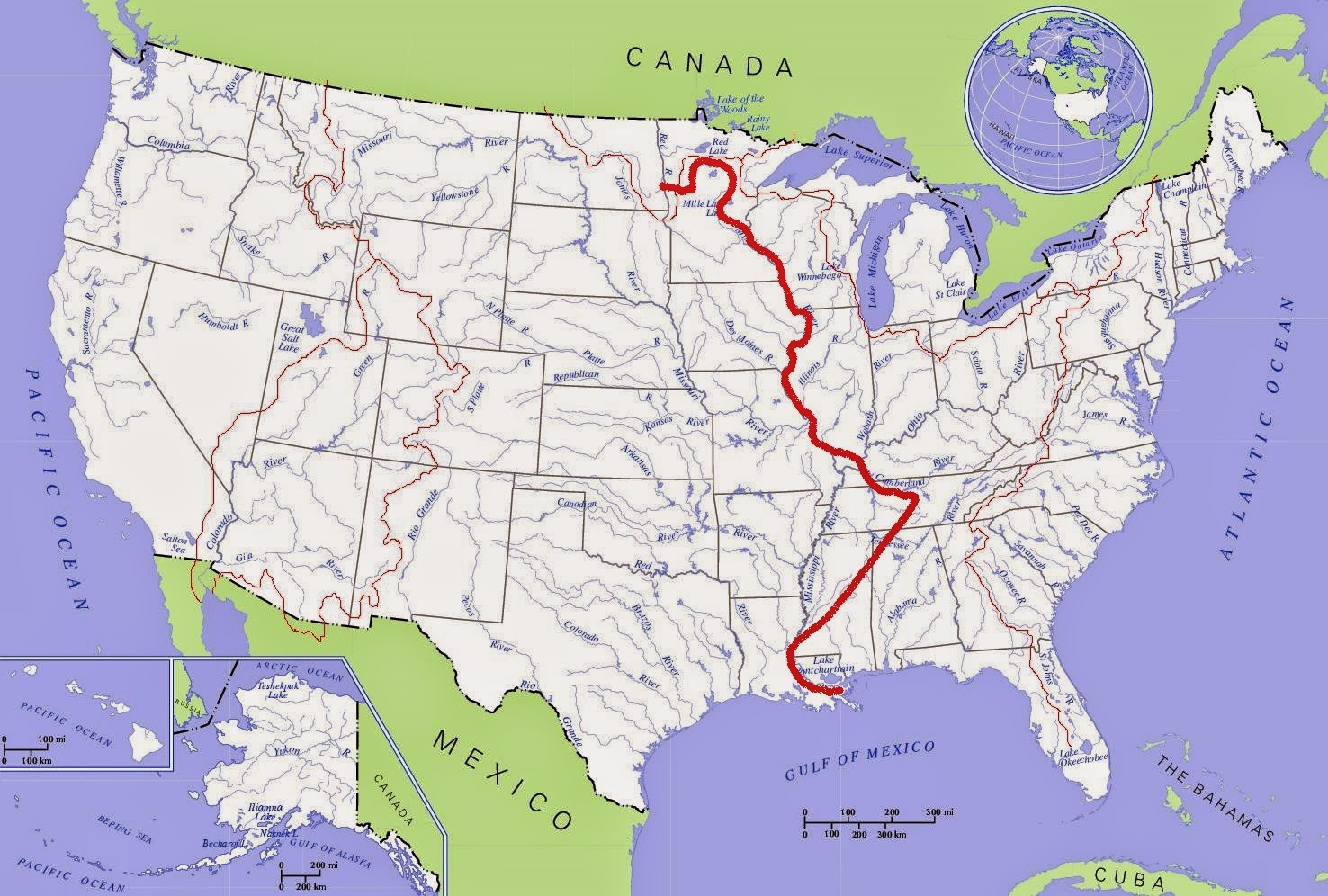Your Which of the following is not found or observed to occur in both mitochondria and prokaryotes images are available. Which of the following is not found or observed to occur in both mitochondria and prokaryotes are a topic that is being searched for and liked by netizens today. You can Find and Download the Which of the following is not found or observed to occur in both mitochondria and prokaryotes files here. Download all royalty-free vectors.
If you’re searching for which of the following is not found or observed to occur in both mitochondria and prokaryotes pictures information connected with to the which of the following is not found or observed to occur in both mitochondria and prokaryotes keyword, you have come to the right blog. Our site frequently gives you hints for seeing the highest quality video and image content, please kindly hunt and locate more informative video content and graphics that fit your interests.
Which Of The Following Is Not Found Or Observed To Occur In Both Mitochondria And Prokaryotes. They are single-celled and range in size from 02 to 10 microns about 10 times smaller than most plant and animal. DNA b RNA C. Which of the following is bounded by two unit membranes a. These cells are evolved from protobionts.
 An Animal Cell Structure Animal Cell Structure Animal Cell Cell Structure From in.pinterest.com
An Animal Cell Structure Animal Cell Structure Animal Cell Cell Structure From in.pinterest.com
Which of the following is NOT found or observed to occur in both mitochondria and prokaryotes. A UGG is an example of a stop codon only found in prokaryotes. A Intracellular transport b Maintenance of cell shape and structure. Both plastids and mitochondria are similar in presence of two layers of membrane presence of ribosome and presence of DNA. Cell wall and nucleus. Prokaryotic cells lack both a well-defined nucleus and membrane-bound cell organelles.
In fact in a loose sense they serve as the mitochondria of.
All ribosomes in both eukaryotic and prokaryotic cells are made of two subunits one larger and one smaller. Which of the following is NOT a characteristic that prokaryotes and eukaryotes share. Binary fission cell wall ATP-generating mechanism circular chromosome 70S ribosomes. They are used for protein synthesis in both prokaryotes and eukaryotes. C The 5 end of a prokaryotic mRNA can be translated while the. Among prokaryotes bacteria are the most common and multiply very fast.
 Source: pinterest.com
Source: pinterest.com
Which two structure are common in both. Mitochondira and plastids in eukaryotic cells were once independent prokaryotic cells and were taken inside by another cell as an endosymbiont. Examples of prokaryotes are blue-green algae bacteria and mycoplasma. Cell walls and plasma membranes are found in both bacteria prokaryotes and plants eukaryotes. It has been shown that the translation apparatus in chloroplasts and mitochondria differ from that in cytoplasm in eukaryotes in the following respects i Ribosomes in these organelles are smaller in size 70S than those in cytoplasm 80S ii The tRNAs are specific and differ the number of tRNAs in mitochondria being 22 as against 55 in cytoplasm iii Initiation of translation takes place by formyl-methionyl tRNA both in chloroplasts and mitochondria.
 Source: onlinelibrary.wiley.com
Source: onlinelibrary.wiley.com
Which of the following is bounded by two unit membranes a. DNA b RNA C. Which of the following is not a function of cytoskeleton in a cell. -ATP-generating mechanism -cell wall -70S ribosomes -binary fission -circular chromosome. They are used for protein synthesis in both prokaryotes and eukaryotes.
 Source: pinterest.com
Source: pinterest.com
Which of the following is not a function of cytoskeleton in a cell. Which of the following is NOT found or observed to occur in both mitochondria and prokaryotes. Ribosomes are not bound by a membrane and are mainly composed of rRNA. The stacked structures in plastids are termed as a. It has been shown that the translation apparatus in chloroplasts and mitochondria differ from that in cytoplasm in eukaryotes in the following respects i Ribosomes in these organelles are smaller in size 70S than those in cytoplasm 80S ii The tRNAs are specific and differ the number of tRNAs in mitochondria being 22 as against 55 in cytoplasm iii Initiation of translation takes place by formyl-methionyl tRNA both in chloroplasts and mitochondria.
 Source: pinterest.com
Source: pinterest.com
Origin of Mitochondria. Mitochondria d ribosomes 26. A surrounding flagella B around organelles C the plasma membrane D ribosomes E the plasma membrane around organelles and surrounding flagella Answer. Ribosomes are not bound by a membrane and are mainly composed of rRNA. They are single-celled and range in size from 02 to 10 microns about 10 times smaller than most plant and animal.
 Source: pinterest.com
Source: pinterest.com
DNA b RNA C. They are single-celled and range in size from 02 to 10 microns about 10 times smaller than most plant and animal. They contain a number of enzymes and proteins that help process carbohydrates and fats obtained from the food we eat to release energy. Prokaryotes have a plasma membrane for protection ribosomes for protein production RNA in the form of mRNA tRNA and rRNA and DNA polymerase to replicate their DNA. Which of the following is NOT found or observed to occur in both mitochondria and prokaryotes.
 Source: pinterest.com
Source: pinterest.com
Which of the following is NOT a functional noncoding RNA. Blue green algae b. In fact in a loose sense they serve as the mitochondria of. Evolutionary Origin of Mitochondria Unlike any other organelle except for chloroplasts mitochondria appear to originate only from other mitochondria. Ribosomes are not bound by a membrane and are mainly composed of rRNA.
 Source: pinterest.com
Source: pinterest.com
A UGG is an example of a stop codon only found in prokaryotes. DNA b RNA C. In fact there is only one known eukaryote that lacks mitochondria entirely the Monocercomonoides a species of protozoa found in the intestines of wood-eating insects. E 4 Which of the following is NOT found or observed to occur in both mitochondria and prokaryotes. C Thylakoids are present in plastids but not in mitochondria.
 Source: pinterest.com
Source: pinterest.com
In fact in a loose sense they serve as the mitochondria of. Anthocyanins are pigments which are a. Prokaryotic cells are simple cells and do not have membrane bound organelles. In eukaryotes these pieces are identified by scientists as the 60-S and 40-S. Prokaryotes are single-celled organisms that are composed of the bacteria.
 Source: pinterest.com
Source: pinterest.com
-ATP-generating mechanism -cell wall -70S ribosomes -binary fission -circular chromosome. A surrounding flagella B around organelles C the plasma membrane D ribosomes E the plasma membrane around organelles and surrounding flagella Answer. It has been shown that the translation apparatus in chloroplasts and mitochondria differ from that in cytoplasm in eukaryotes in the following respects i Ribosomes in these organelles are smaller in size 70S than those in cytoplasm 80S ii The tRNAs are specific and differ the number of tRNAs in mitochondria being 22 as against 55 in cytoplasm iii Initiation of translation takes place by formyl-methionyl tRNA both in chloroplasts and mitochondria. Prokaryotes have a plasma membrane for protection ribosomes for protein production RNA in the form of mRNA tRNA and rRNA and DNA polymerase to replicate their DNA. They contain a number of enzymes and proteins that help process carbohydrates and fats obtained from the food we eat to release energy.
 Source: pinterest.com
Source: pinterest.com
They are single-celled and range in size from 02 to 10 microns about 10 times smaller than most plant and animal. Anthocyanins are pigments which are a. All of above 23. And being single-celled as they are prokaryotes too dont have mitochondria. Prokaryotic cells are simple cells and do not have membrane bound organelles.
 Source: in.pinterest.com
Source: in.pinterest.com
C Thylakoids are present in plastids but not in mitochondria. Cell wall and chloroplast. In eukaryotes these pieces are identified by scientists as the 60-S and 40-S. All ribosomes in both eukaryotic and prokaryotic cells are made of two subunits one larger and one smaller. Both are found in the same organizm.
 Source: pinterest.com
Source: pinterest.com
Unlike eukaryotic cells they are less structured contain no nucleus and lack membrane-bound organelles. C The 5 end of a prokaryotic mRNA can be translated while the. Which of the following is NOT required for the synthesis o a. Which two structure are common in both. Cell wall and nucleus.
 Source: in.pinterest.com
Source: in.pinterest.com
Binary fission cell wall ATP-generating mechanism circular chromosome 70S ribosomes. A Intracellular transport b Maintenance of cell shape and structure. Blue green algae b. Which of the following is NOT required for the synthesis o a. All of above 23.
 Source: pinterest.com
Source: pinterest.com
And being single-celled as they are prokaryotes too dont have mitochondria. Anthocyanins are pigments which are a. Cell wall and nucleus. Which of the following is NOT a functional noncoding RNA. Prokaryotic cells lack both a well-defined nucleus and membrane-bound cell organelles.
 Source: pinterest.com
Source: pinterest.com
Blue green algae b. Prokaryotes are single-celled organisms that are composed of the bacteria. Mitochondria d ribosomes 26. In fact in a loose sense they serve as the mitochondria of. A Intracellular transport b Maintenance of cell shape and structure.

They are single-celled and range in size from 02 to 10 microns about 10 times smaller than most plant and animal. Among prokaryotes bacteria are the most common and multiply very fast. Prokaryotic cells lack both a well-defined nucleus and membrane-bound cell organelles. Prokaryotes do not have membrane-bound organelles so they would not have mitochondria. Which of the following is observed in prokaryotes but not in eukaryotes.
 Source: pinterest.com
Source: pinterest.com
Living organisms can be classified as prokaryotes and eukaryotes. Prokaryotes have a plasma membrane for protection ribosomes for protein production RNA in the form of mRNA tRNA and rRNA and DNA polymerase to replicate their DNA. The basal elements of DNA in both have the same base nucleotides. Evolutionary Origin of Mitochondria Unlike any other organelle except for chloroplasts mitochondria appear to originate only from other mitochondria. And being single-celled as they are prokaryotes too dont have mitochondria.
 Source: in.pinterest.com
Source: in.pinterest.com
A circular chromosome B cell wall C 70S ribosomes D binary fission E ATP-generating mechanism. These cells are evolved from protobionts. Which of the following is NOT found or observed to occur in both mitochondria and prokaryotes. Anthocyanins are pigments which are a. Prokaryotic cells lack both a well-defined nucleus and membrane-bound cell organelles.
This site is an open community for users to do submittion their favorite wallpapers on the internet, all images or pictures in this website are for personal wallpaper use only, it is stricly prohibited to use this wallpaper for commercial purposes, if you are the author and find this image is shared without your permission, please kindly raise a DMCA report to Us.
If you find this site convienient, please support us by sharing this posts to your favorite social media accounts like Facebook, Instagram and so on or you can also save this blog page with the title which of the following is not found or observed to occur in both mitochondria and prokaryotes by using Ctrl + D for devices a laptop with a Windows operating system or Command + D for laptops with an Apple operating system. If you use a smartphone, you can also use the drawer menu of the browser you are using. Whether it’s a Windows, Mac, iOS or Android operating system, you will still be able to bookmark this website.





